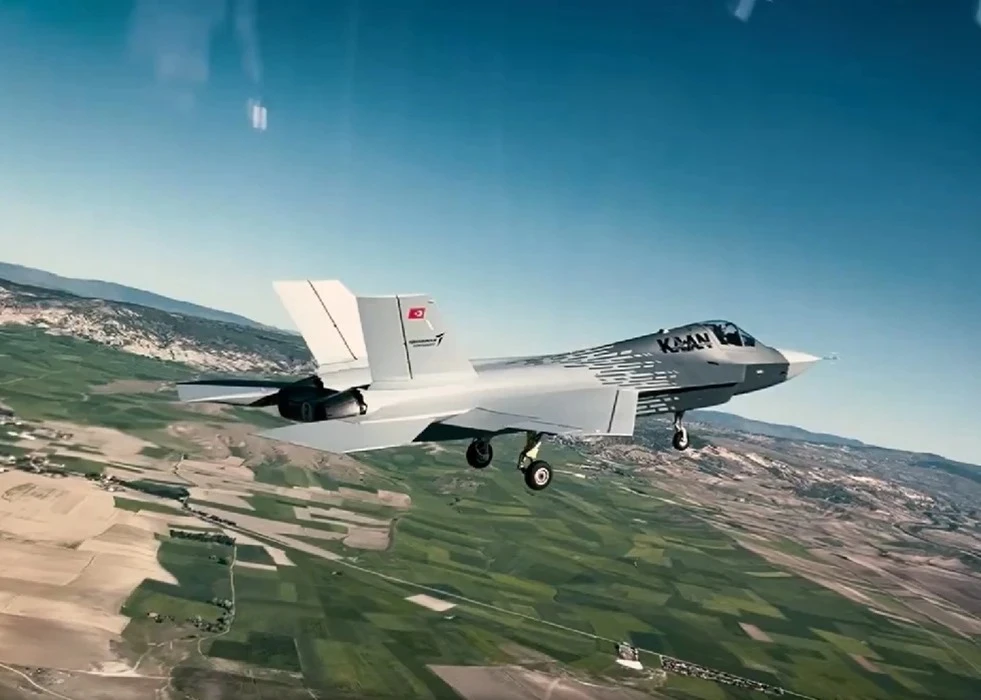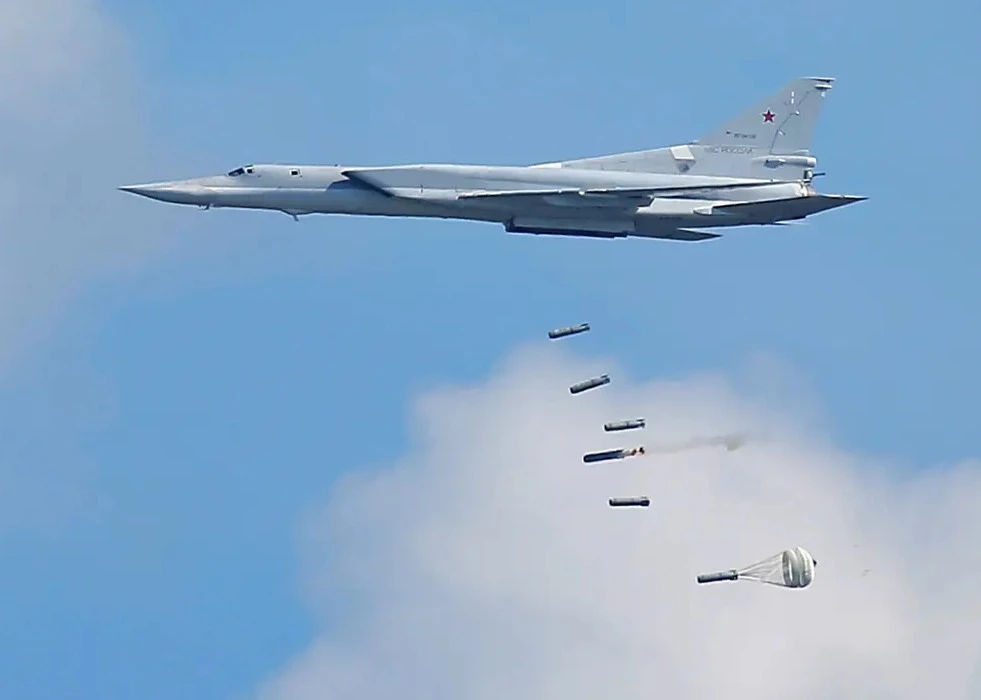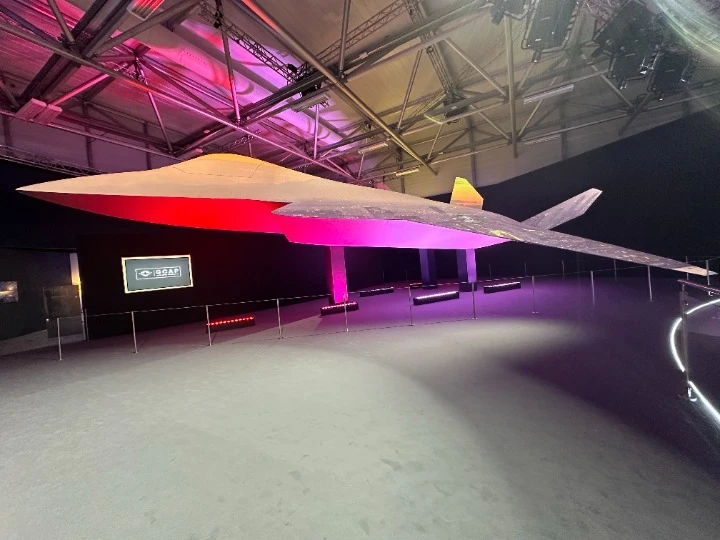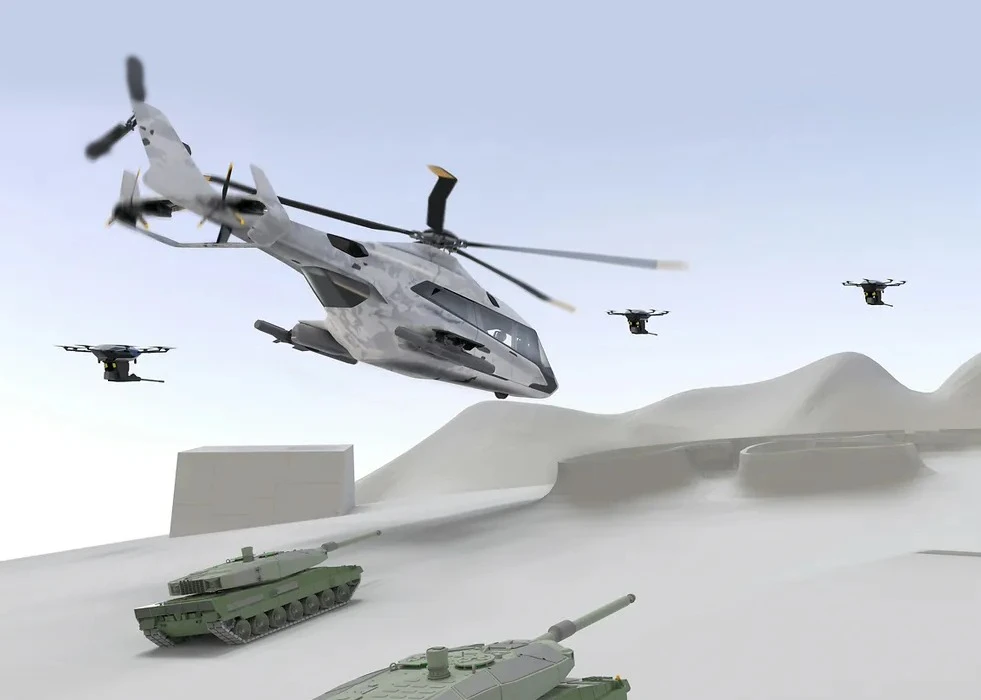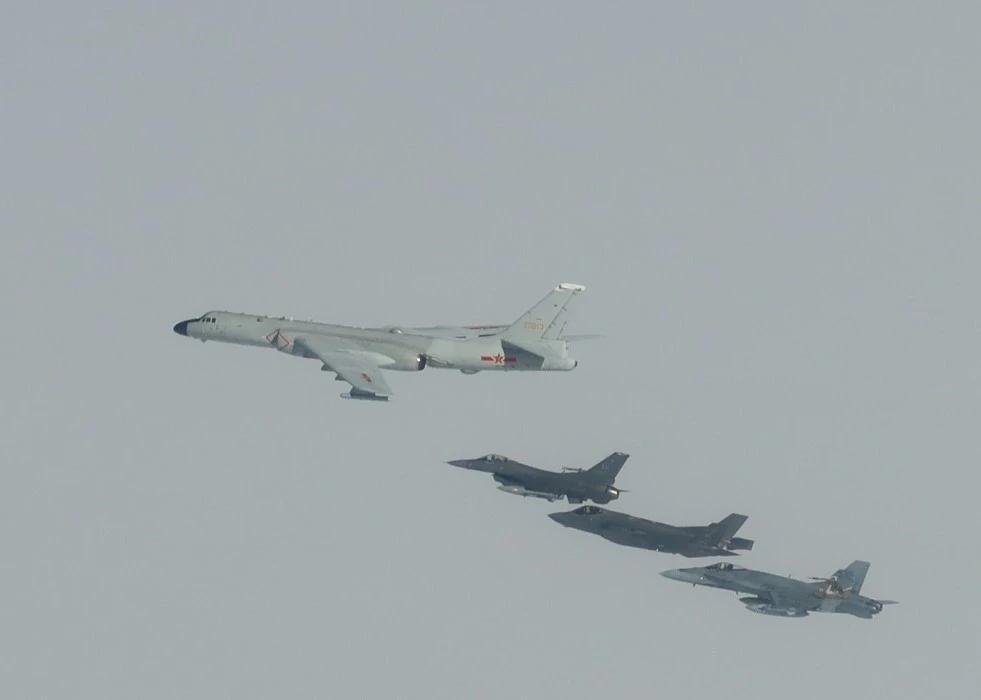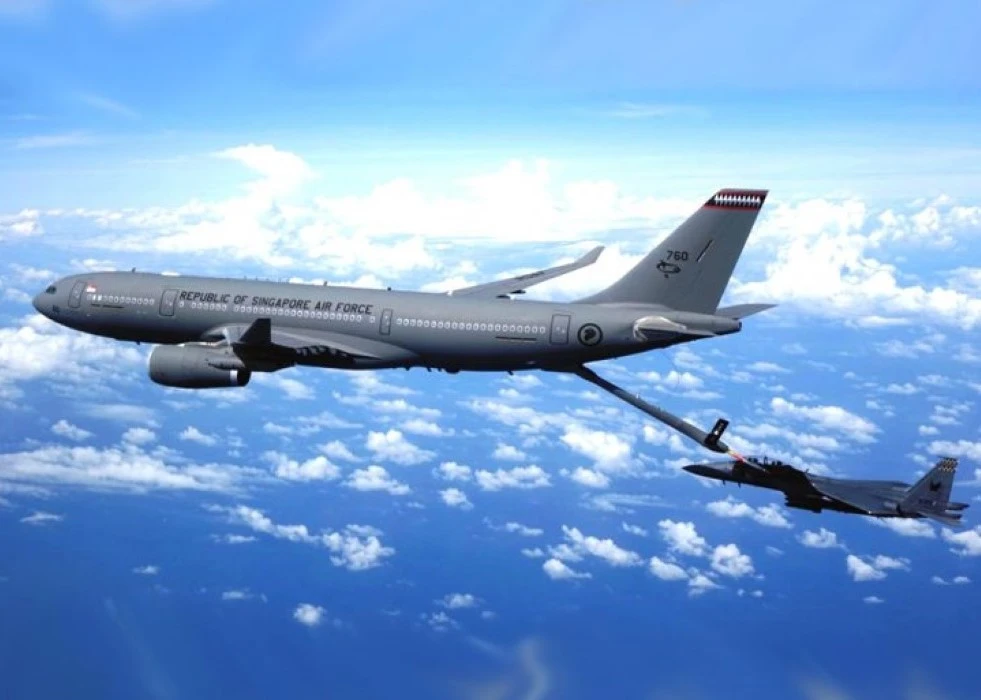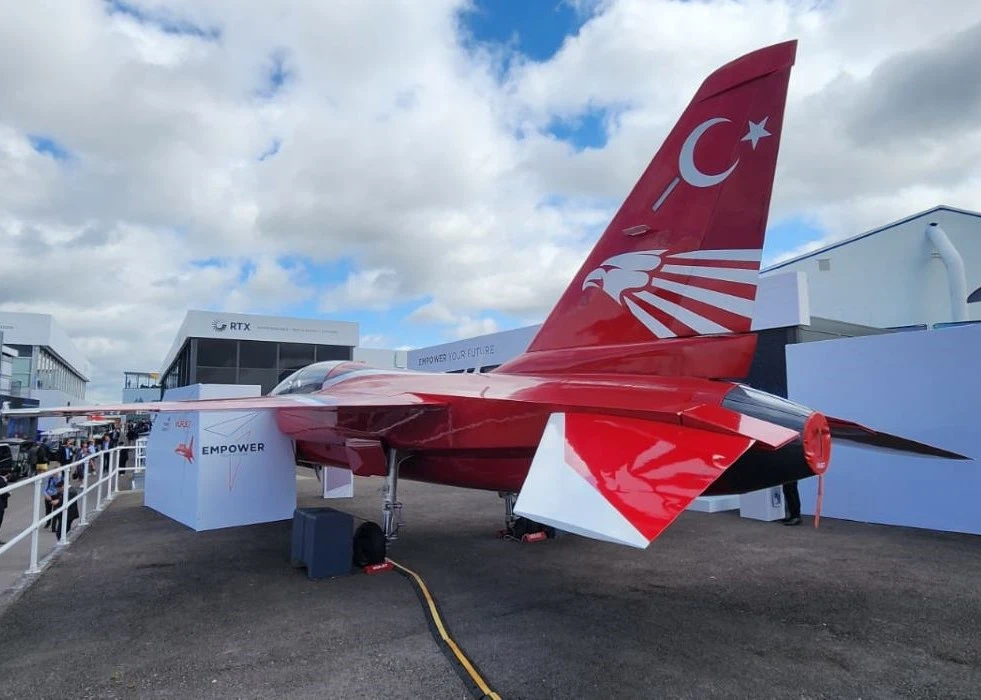TUSAŞ’s new General Manager, Dr Mehmet Demiroğlu, talked about the KAAN Fighter jet and other projects in his interview with GDH Defence.
The status of the KAAN fighter jet was covered for a significant portion of the interview, with statements from Demiroğlu regarding the orders, planned capabilities, and partnerships. TUSAŞ started many air projects from scratch in the past period and carried out their first flights. The company will test and develop prototypes on the one hand and increase its mass production capacity on the other.
The first question in the interview was the vision of the new general manager. Dr. Demiroğlu responded, “To deliver cost-effectively, high-quality products quickly, to deliver them both to Turkiye and its allies. This is an important goal for the entire defence sector.” Mechanical engineer Dr Demiroğlu worked on engine projects in Turkiye and the U.S. He worked at BMC Power and TEI before TUSAŞ. Therefore, he is familiar with Turkish engine projects. When asked about his views on the engines used in air platforms, Dr Demiroğlu responded, “We have made our export application for the GE-licensed engines to be used in Hürjet and KAAN.” Mehmet Demiroğlu stated the aircraft will be developed in blocks with a design built on growth potential. The plan to deliver the first aircraft in 2028 hasn’t changed, and the prototype for delivery is to fly in 2025.
According to Demiroğlu’s statements, besides the KAAN aircraft currently conducting test flights, the Block 10 type prototype, similar to the one to be delivered to the Air Force, will be ready in 2025. With this prototype for the KAAN aircraft to be delivered, the work of companies such as ASELSAN and Roketsan will have reached a certain stage. For this reason, Dr Demiroğlu stated that the first Kaan aircraft to be delivered to the Air Force will have an AESA radar with a range of at least 100 km and said, “We expect 100+ orders for the Air Force and a total of 250-300 orders from friendly and allied countries.” In short, on orders, more than 100 aircraft are planned for the Turkish Air Force and 150 to 200 for export customers.
Dr Demiroğlu noted that foreign countries have shown interest in the program and that this level of interest has increased with the aircraft’s first flight. Demiroğlu said, “Participation in the KAAN program is expected soon.” Reminding that the aircraft was designed to have a low Radar Cross Section, Demiroğlu noted that the RAM paint contributing to this feature would start to be applied on Block 10 or 20.
He stated that the aircraft is 5th generation in terms of design but is suitable for manned-unmanned teaming (MUM-T). Therefore, the 6th generation aircraft will also be developed through Kaan. Demiroğlu stated that the MUM-T concept is being worked on in the simulation, while TUSAŞ counted ANKA-3 and Super Şimşek, Baykar’s KIZILELMA UCAVs. This information confirmed TurDef’s former analysis that TUSAŞ could have KIZILELMA in the OKU project. Although it was implicitly stated to the press that KIZILELMA would also be in OKU, it was officially stated openly. OKU is expected to improve firepower, situational awareness, and survivability for manned platforms through assigned autonomous platforms. Demiroğlu stated that Turkiye would be one of the first three countries in the 6th generation aircraft.
Noting that Hürjet was extremely successful in positioning itself as both an advanced training and light attack aircraft, Demiroğlu stated that Hürjet could also be the pioneer of KAAN. Noting that a contract was signed with the Turkish Air Force for the supply of 16 HÜRJETs.Demiroğlu also noted that there was an opportunity for the sale of more than 300 aircraft in the market in terms of exports. Stating that the aircraft would first be exhibited in the United Kingdom and then in Egypt, Demiroğlu expressed that Indonesia was showing interest.
Demiroğlu uttered that he still hoped that Malaysia would turn to this aircraft again despite the decision it had previously made. Although it was not brought up during the conversation, there had been high-level visits from Malaysia to TUSAŞ in the recent past. Demiroğlu stated that work continued on the naval version of the Hürjet deployed on an aircraft carrier. He said the training aircraft was the priority in terms of timing. He said it was too early to give a date for the naval version. ANKA-3 UCAV, with low observability features and a focus on strike missions, is set to have its first delivery in 2025 for feedback from the Turkish Air Force. While the UCAV emphasizes strike missions due to its configurations, air-to-air missions will be later added to the capabilities. ANKA-3 will likely act as an air-borne magazine for air-to-air missiles with feed from KAAN or a remote sensor with a variant of MURAD AESA radar. Demiroğlu stated that two ANKA-3 prototypes are in flight tests.
Regarding the Gökbey general utility helicopter, Demiroğlu said the minimum sale expectation is 500 units. The ATAK-2 heavy-class attack helicopter is currently frozen because of priorities and resource challenges with other helicopter projects like T625 GÖKBEY and the heavy-class T925 utility helicopter. Demiroğlu stated that avionics, drivetrain, and many other inputs are common in these two projects. The T925 will have priority.
